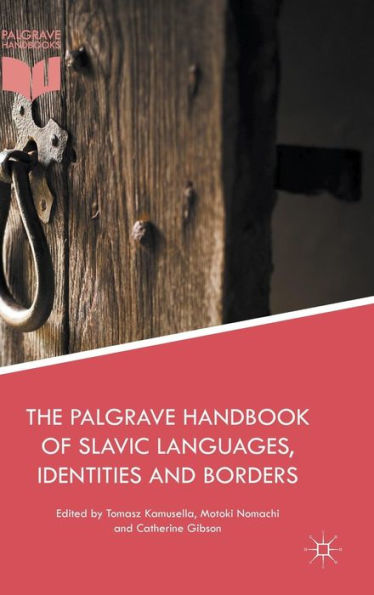5
1
9781137348388



The Palgrave Handbook of Slavic Languages, Identities and Borders available in Hardcover, eBook

The Palgrave Handbook of Slavic Languages, Identities and Borders
- ISBN-10:
- 1137348380
- ISBN-13:
- 9781137348388
- Pub. Date:
- 03/03/2016
- Publisher:
- Palgrave Macmillan UK
- ISBN-10:
- 1137348380
- ISBN-13:
- 9781137348388
- Pub. Date:
- 03/03/2016
- Publisher:
- Palgrave Macmillan UK

The Palgrave Handbook of Slavic Languages, Identities and Borders
$279.99
279.99
In Stock

Product Details
| ISBN-13: | 9781137348388 |
|---|---|
| Publisher: | Palgrave Macmillan UK |
| Publication date: | 03/03/2016 |
| Edition description: | 1st ed. 2015 |
| Pages: | 561 |
| Product dimensions: | 6.20(w) x 9.10(h) x 1.50(d) |
About the Author
From the B&N Reads Blog
